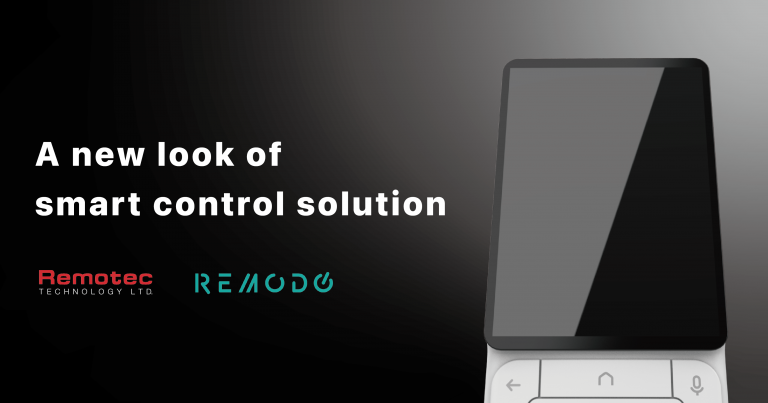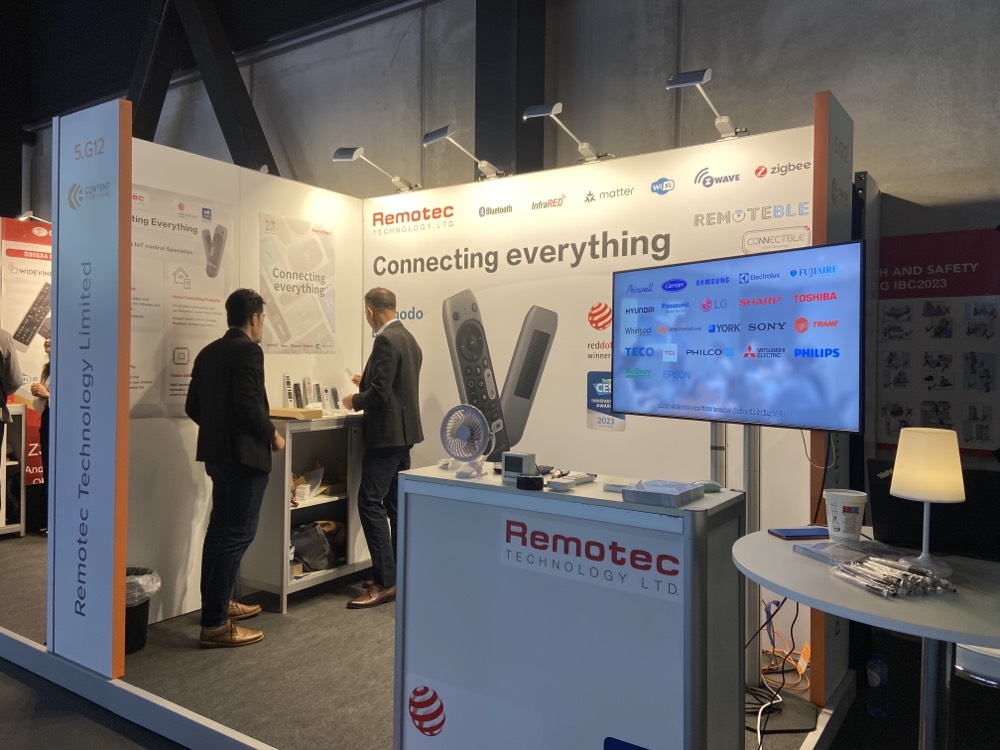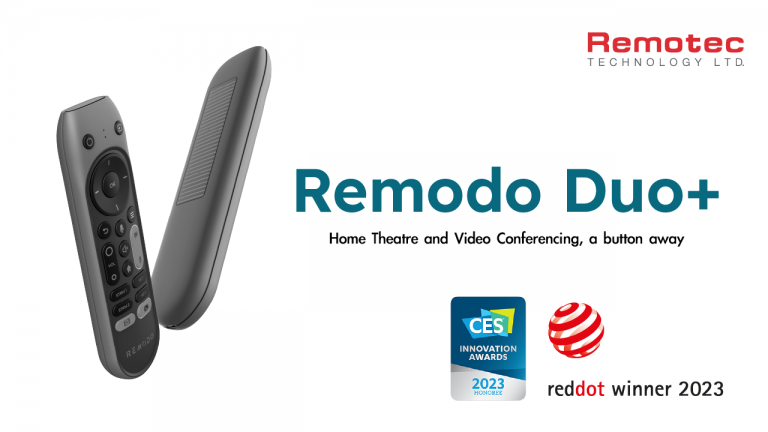Materials are common use in retail packing
? User manual that is in official language of the country import.
? Code list table for the preset codes.
? Cover sheet or blister card for display marketing purpose.
? Label if need provide product additional information such as quick reference,
rating etc.
? There is re-cycled paper available but the price is higher than original paper
and also it gives a pale-yellow color.
? Barcode label for easy warehouse and retail management.
General barcode format
Code 39 was the first alphanumeric code to be developed back in 1974 and
is still one of the most commonly used symbologies for electronics, healthcare,
and government. It is a discrete, self-checking, variable length code but without
check digit: The key drawback of Code 39 is a low density code that takes more
space than compact codes such as Code 128 and thus may not be appropriate
for small labels.
Code 128 means it encodes not only text, numbers and numerous functions but
also the entire ASCII 128 character set. It is the most popular, highest-density
linear barcodes widely used that a relatively large amount of data encoded in a
relatively small amount of space. It tends to replace Code 39 as a more compact
and flexible code for warehouse and distribution applications thanks to its
continuous, self-checking bidirectional features.
UPC, Universal Product Codes (UPCs) are 12-digit numbers (last digit is check
digit) commonly required for products sold by retailers and distribution centers.
Each unique product requires its own assigned UPC number from GS1
(the Global Standards Organization). Products are then identified with UPC barcodes.
It is mainly used in US and Canada.
EAN, European Article Number (EAN) is considered as a superset of the UPC at
13-digit by adding the first digit for country code and commonly used worldwide.
It also needs assigned EAN number from GS1. International Standard
Book Numbers (ISBN) for each respective book to be tracked is under EAN format.
QR code (Quick Response code) is two-dimensional barcode invented in 1994
with encoded information in a square box. A QR code uses four standardized
encoding modes (numeric, alphanumeric, byte/binary, and kanji) To store data
PDF417, PDF417 is a stacked linear barcode format used in a variety of applications
such as transport, identification cards, and inventory management. PDF
stands for Portable Data File. The 417 signifies that each pattern in the code
consists of 4 bars and spaces in a pattern that is 17 units (modules) long. The
PDF417 symbology was invented by Ynjiun P. Wang at Symbol Technologies in
1991. It is defined in ISO standard 15438.
PDF417 is used in many applications by both commercial and government organizations.
PDF417 is one of the formats (along with Data Matrix) that can be
used to print postage accepted by the United States Postal Service. PDF417
is also used by the airline industrys Bar Coded Boarding Pass (BCBP) standard
as the 2D bar code symbolism for paper boarding passes. PDF417 is the standard
selected by the Department of Homeland Security as the machine readable
zone technology for RealID compliant driver licenses and state issued identification
cards. PDF417 barcodes are also included on visas and border crossing
cards issued by the State of Israel.
Data Matrix, A Data Matrix is a two-dimensional code consisting of black and
white cells or dots arranged in either a square or rectangular pattern, also
known as a matrix. The information to be encoded can be text or numeric data.
Usual data size is from a few bytes up to 1556 bytes. The length of the encoded
data depends on the number of cells in the matrix. Error correction codes are
often used to increase reliability: even if one or more cells are damaged so it is
unreadable, the message can still be read. A Data Matrix symbol can store up
to 2,335 alphanumeric characters.
The most popular application for Data Matrix is marking small items, due to the
codes ability to encode fifty characters in a symbol that is readable at 2 or 3 mm2 (0.003 or 0.005 sq in) and the fact that the code can be read with only a 20% contrast
ratio. A Data Matrix is scalable; commercial applications exist with images
as small as 300 micrometres (0.012 in) (laser etched on a 600-micrometre (0.024
in) silicon device) and as large as a 1 metre (3 ft) square (painted on the roof of
a boxcar). Fidelity of the marking and reading systems are the only limitation.
efficiently. It stores large amount of data when compared to 1D barcodes. It
must be decoded at high speed using any handheld device like smartphone and
some QR codes contain a hyperlink that takes the user directly to a companys
website or to an order form page. Display data can be translated into a QR code
through a QR code generator and it is available online for free.






